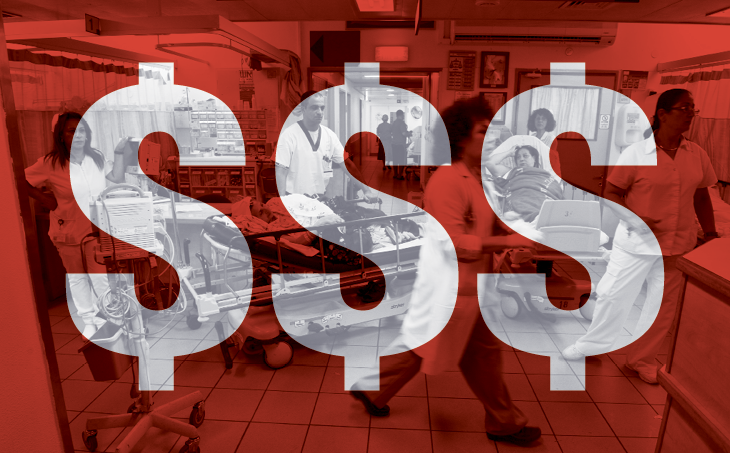COVID-19 is spreading rapidly. Evidence of this is being reported across the United States from Washington State to Rhode Island. The numbers of confirmed cases in the US changes daily, and so far it’s in the wrong direction.
To reduce exposure, the CDC has recommended that hospitals and health systems “leverage existing telehealth tools to redirect persons to the right level of care”. Along with using basic prevention methods like regular hand washing, avoiding contact with known sick people, and having people stay home when they’re sick, telehealth will contribute greatly to the slowing the spread of this disease.
Here are four ways to prepare for COVID-19 using virtual care:
1. Triage incoming patients using virtual care
Virtual care has that important degree of separation you want between a contagious patient and a provider. By using virtual care to triage you can be confident that your staff is protected from unnecessary exposure. Also, patients who stay at home limit more unnecessary exposure to the public. Virtual care allows your providers to evaluate many more patients in less time than if they came to your hospital. Keeping the virus contained is one of the top strategies for slowing the spread of this virus.
2. Move in-person appointments to virtual care to reduce exposure
By moving your new and upcoming sick-patient appointments to a virtual visit you can be assured they’ll still receive quality care, but you have just reduced the exposure risk for your providers and staff to zero. That’s impactful! If a patient worsens, their provider can reevaluate them and make a safe and informed decision whether or not they require an escalation in care, e.g., if shortness of breath becomes unmanageable and they require respiratory therapy.
3. Give sick employees a virtual care option to limit exposure
Your healthcare organization needs to stay staffed and working efficiently, especially with the rapid spread of COVID-19. The risk for exposure and transmission is high, especially in hospitals and clinics, and this means that some of your staff will get sick too. Provide them the same virtual care triage when they feel unwell. This option is an excellent way to limit exposure and transmission amongst those that care for patients. They can be evaluated before they come in, and if it’s determined they’re ill, they can stay at home without ever having come into the hospital.
4. Reduce avoidable ED visits to prepare for higher ED volumes
There will be an inevitable increase in patients who come to your ED because of COVID-19. That, in and of itself, puts more strain on your ED. Use virtual care to treat and redirect the 30% of avoidable ED visits your hospital sees every day so you have the resources and beds ready when ED volume increases.
Access to CDC updates, resources, and materials
It will take widespread effort to limit the spread of COVID-19, and healthcare organizations like yours are at the front line of this battle. To assist you, the CDC has created excellent and comprehensive materials dedicated to COVID-19. Here are some links to those resources.
Home Care of People Not Requiring Hospitalization
Information for Healthcare Providers
Information for Health Departments
COVID-19 Decision Making Algorithm
Criteria to Guide Evaluation of PUI for COVID-19
Schedule a meeting with one of our Virtual Care Experts to discuss how the eVisit Virtual Care platform can be part of your COVID-19 strategy.





